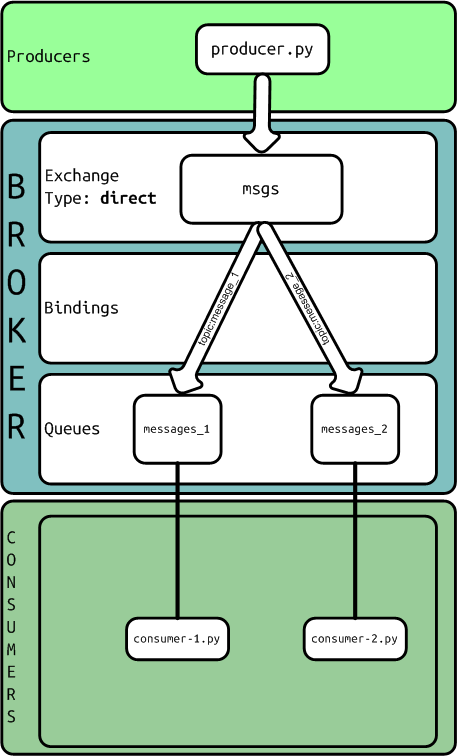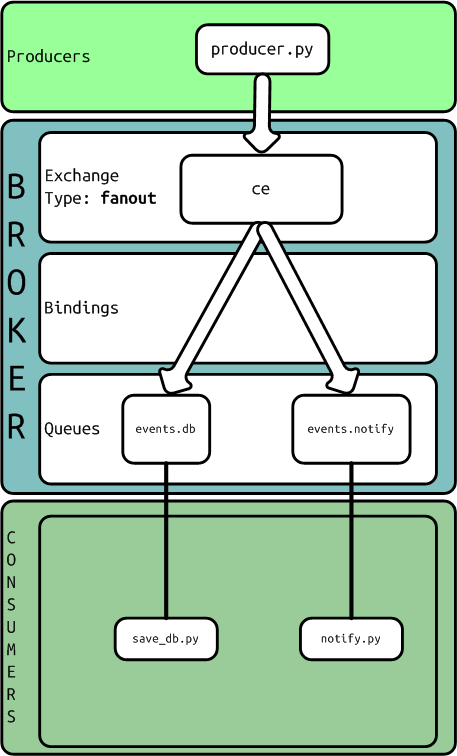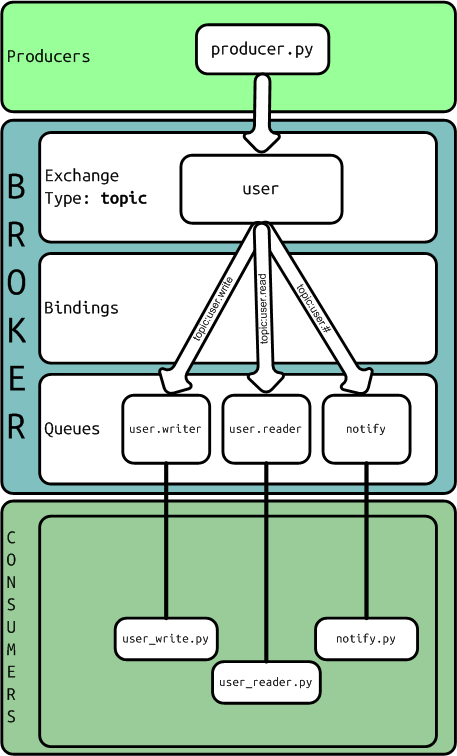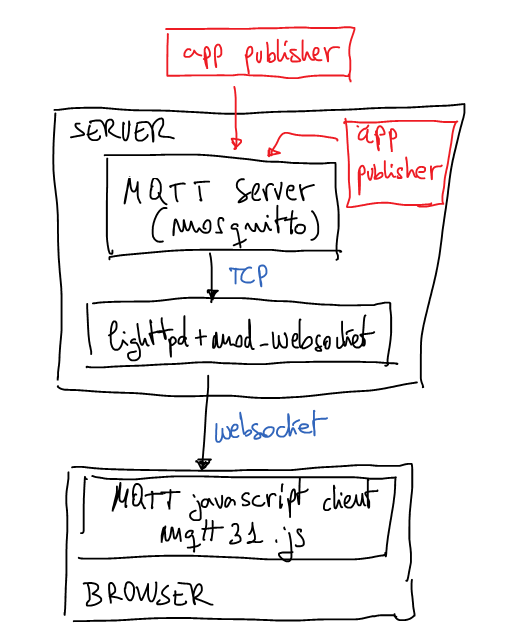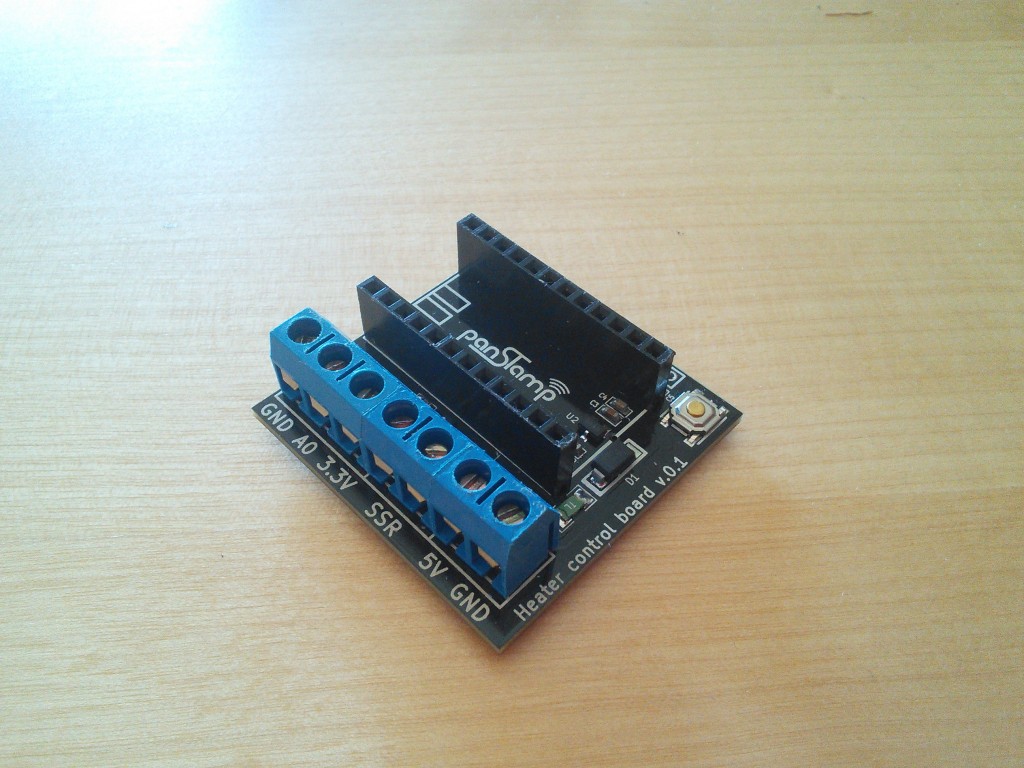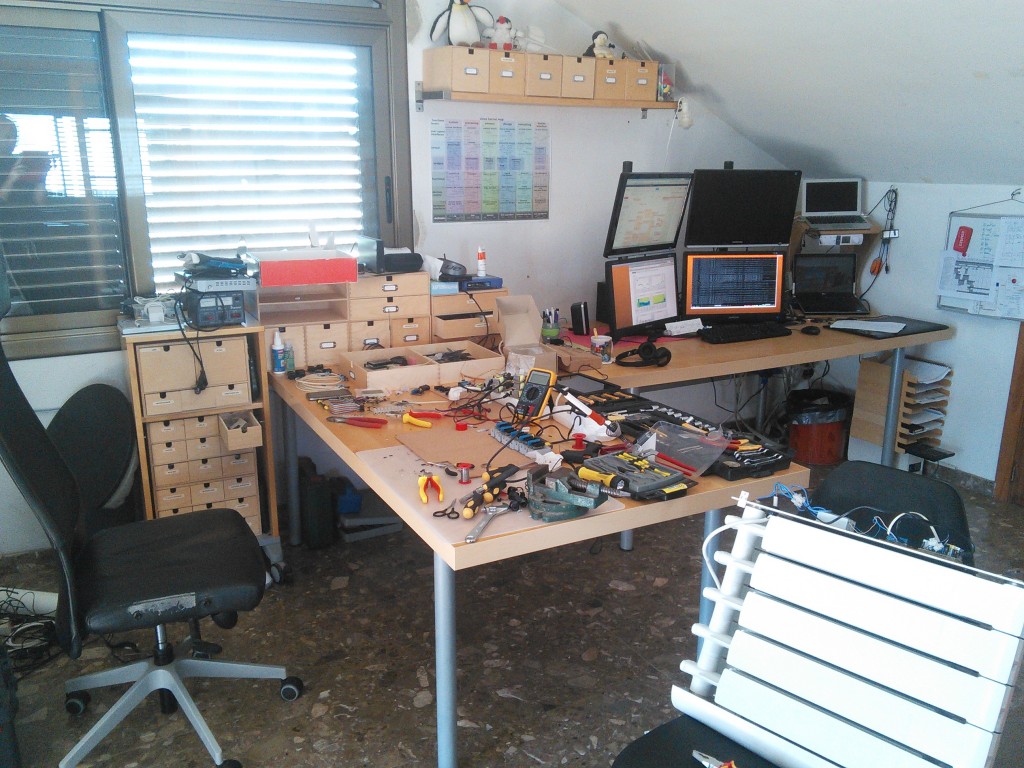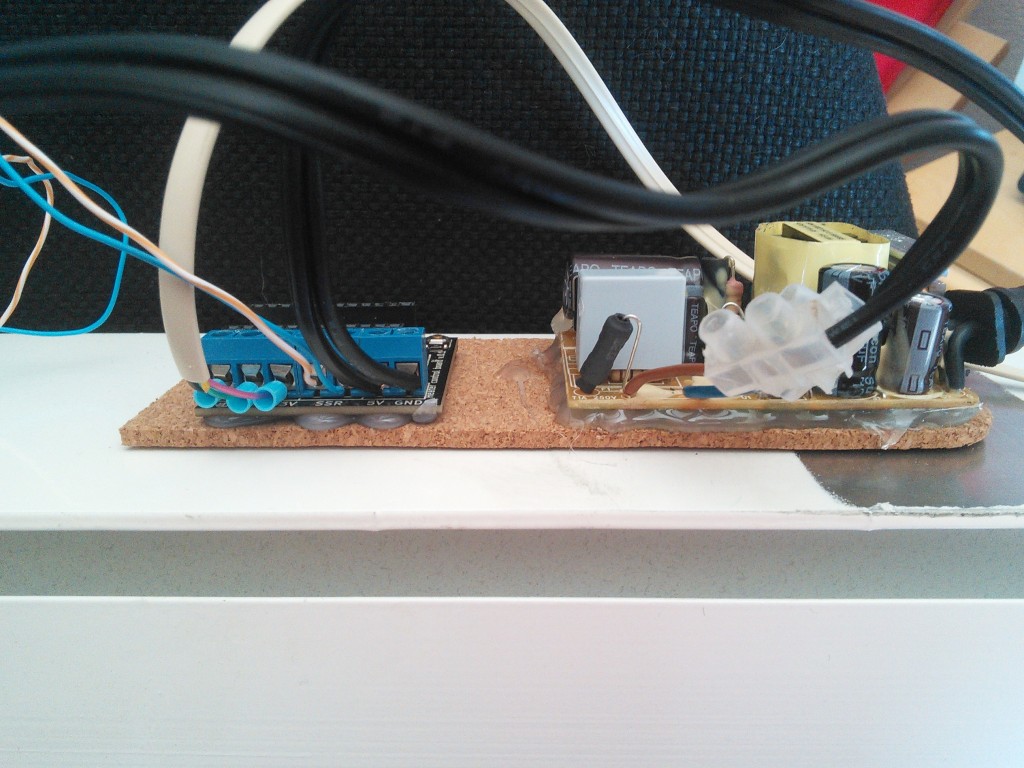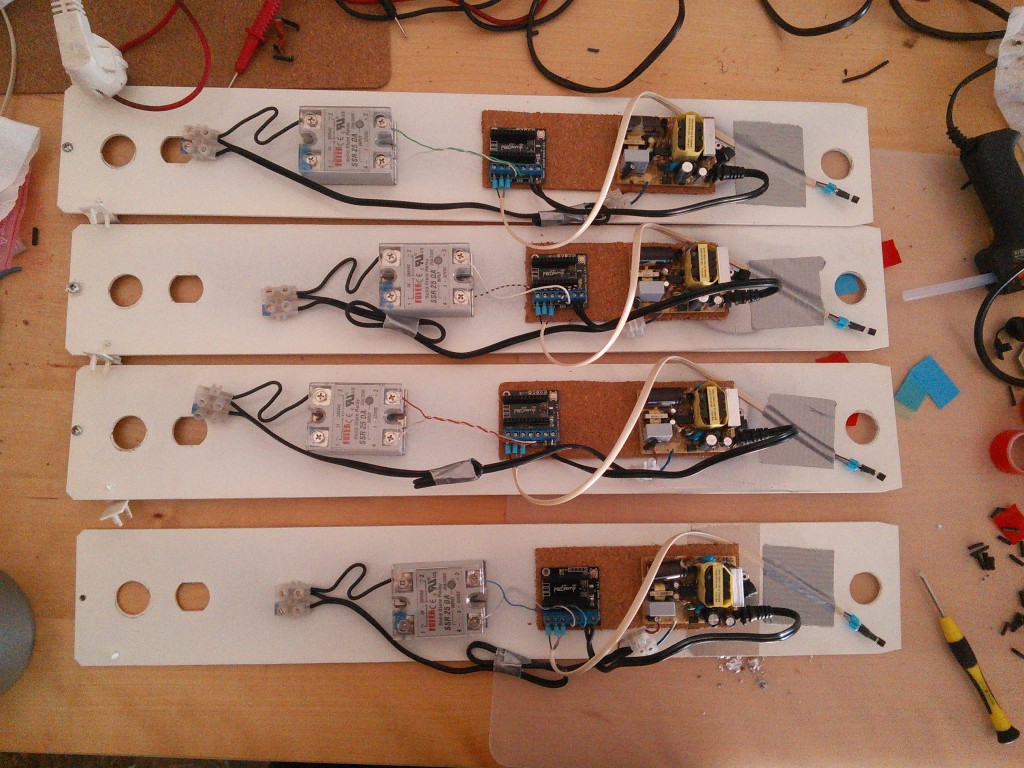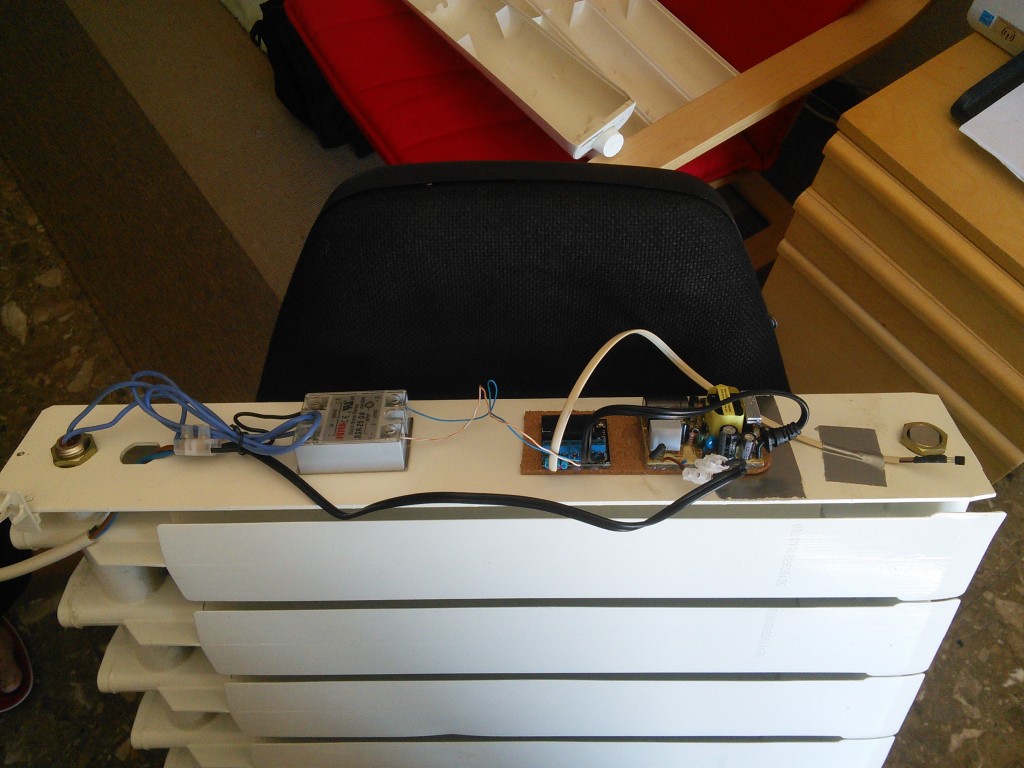Qué es para mi la felicidad?
Reading time: 5 – 8 minutes
Entrar en estos conceptos es muy difícil y cada uno puede tener su propia forma de describirlo. Pero en mi caso, me quiero atrever a definir lo que es para mi la felicidad; eso no quiere decir que vaya mañana y lo cambie. Así pues lo más importante que quiero aportar es que para mi la felicidad no es un objetivo sinó un estado, una decisión que un día tome: voy a pasar mi vida en un estado de felicidad. La felicidad nace en mi y la siento dentro de mi. Obviamente hay mil agentes externos que hacen presión para afectar a esa deicisión y ahí es donde entra el trabajo de cultivar la paz interior y el equilibrio entre las cuatro partes que según mi forma de entender la vida forman a todos las personas.
Cuando planteo esto a otra persona a menudo insiste una y otra vez con entender como gestiono la influencia de mil y un elementos externos sobre mi felicidad. No soy ningún gurú, maestro budista, ni siquiera un filósofo. Sólo soy alguien que se atreve a seguir sus creencias día tras dia. Una vez tomada la decisión de vivir en un estado de felicidad lo que hago para que esta no me abanadone es seguir mi vida integrando los siquientes elementos.
És fundamental cultivar la autoestima, hablarse con amor a uno mismo. Yo tengo la tendencia a ser muy perfeccionista y eso desencadena en un lenguaje muy duro y a menudo autodestructivo sobre mi mismo. Pues bien, en mi trabajo para corregir esto de momento ya he conseguido darme cuenta casi el 100% de las veces cuando lo hago y tomar medidas. Lo primero es tomar prespectiva sobre los temas que han provocado ese mensaje tan agresivo sobre mi mismo. Después de este ejercicio me fuerzo a empezar a hablarme con amor y a saber valorar cuales son mis fortalezas, para poder centrarme en mejorar las debilidades y seguir potenciando las cualidades que tengo.
Esta descripción me lleva a hablar de fluir con las emociones, es muy importante no engancharse en los estados de ánimo. Cosa que sabemos hacer todos. Para trabajar este aspecto trabajo mucho la observación de los niños. Observar la capacidad de reir y llorar con todo el sentimiento en segundos de diferencia no esta al habasto de todos. Cuando eres capaz de sentir las emociones con una profundidad extrema pero sin estar enganchado a ellas puedes sumergirte en cada uno de los instantes de la vida sin miedo.
Una de las mejores cosas que tiene la vida es la relación con las otras personas. No puedo hablar por el resto de las personas pero si puedo decir que cuando me pasa algo bueno no puedo evitar tener la necesidad de compartirlo. Para mi la empatia empieza en este punto. Es decir para la mi la empatia es parte de nuestro ser social. Cuando empiezas a relacionarte en los demas y a ver lo importante que es su presencia para nosotros mismos empatizar con ellos es parte del proceso de la relación. Saber fluir a la misma frecuencia que nos estan transmitiendo hace más fácil el disfrute de cada instante. Es evidente que no todos los momentos son alegres, pero también lo es que cuando reflexionas sobre esos momentos te das cuenta de hasta que punto eran necesarios.
El siguiente punto en este trabajo se mezcla con el que le sucede. Es decir no sabría decir con total convicción si primero va el perdón o después la aceptación. Hay instantes en los que estoy convencido de que primero tengo que perdonarme a mi mismo para poder aceptar ciertas partes de mi pero también me ha sucedido que he aceptado alguna acción sin haberla perdonado y después me ha sido muy sencillo perdonarme. Eso me lleva a pensar que quizá ya me había perdonado antes y no me había dado cuenta. En cualquier paso para poder vivir con plenitud cada instante debemos permitirnoslo y a menudo no somos capaces de hacer tal cosa. Cuantas veces hemos estado en un sitio haciendo algo y al mismo tiempo tenemos la cabeza en otra parte. ¿En ese momento nos estamos permitiendo vivir ese instante?
Muchas veces me preguntan como puedes leer un libro sabiendo que tienes otros tantos pendientes. ¿Como sabes que no te has equivocado priorizando ese libro? pues la verdad, no lo sé. Pero tampoco no me importante acepto mi elección y disfruto de ella y si en algún momento me doy cuenta que el resultado que he obtenido no era el que esperaba me perdono. Porqué se que en ese momento lo que hice era lo mejor que podía hacer. Esto me lleva a hablar de la intención positiva, cuando estuié PNL una de las cosas más interioricé es el hecho de buscar donde esta la intención positiva en cada una de las acciones que hago o que se realizan a mi alrededor. Cuando estas totalmente convencido de que detrás de cualquier acción hay una intención positiva, que no siempre tienes porqué compartir, aceptar la acción y perdonar a través de la compasión se hace un acto natural.
Como en cualquier fórmula siempre hay un elemento más escaso que el resto, en mi caso es la asertividad este modelo de conducta no es sencillo de practicar en todos los instantes. Pero es un desafio que acepto y disfruto a diario. La asertividad es una linia de conducta muy fina y sutil situada entre dos extremos muy claros por un lado la agresividad y por el otro la pasividad. Saber defender tus ideas, sentimientos o derechos sin la intención de herir o perjudicar desde la autoconfianza usando una expresión consciente, congruente, clara, directa y equilibrada. Diría que todo esto es un reto difícil de sostener en el tiempo y por eso me emociona y me motiva trabajar para interiorizarlo.
Todos estos puntos cuando los convertimos en tema de una charla con otras personas, siempre me acaban diciendo que no entienden como puedo hablar de todos estos temas y dedicarme a un mundo aparentemente tan frio como el de la tecnología. Pues bien, para mi esto esta relacionado con los objetivos. Vivir el momento y desde en una opción de felicidad es una tarea que para mi sólo tiene sentido en el marco de los objetivos. Cuando hablo de objetivos los aplico a cada una de las areas de mi vida, no sólo a la parte personal y profesional. Sinó a todas. Tener claro cuales son los objetivos y los meta-objetivos de cada uno de los proyectos que desarrollo en las areas de mi vida me ayuda a reforzar la pasión, la motiviació, el compromiso y con el corazón en la mano os puedo decir que sentir la felicidad en cada instante se hace algo natural.
Para cerrar esta reflexión podríamos resumir que vivir los momentos desde una opción de felicidad es la suma de:
Felicidad = autoestima + fluir con las emociones + empatizar + perdonarte + aceptación + intención positiva + asertvidad + objetivos
